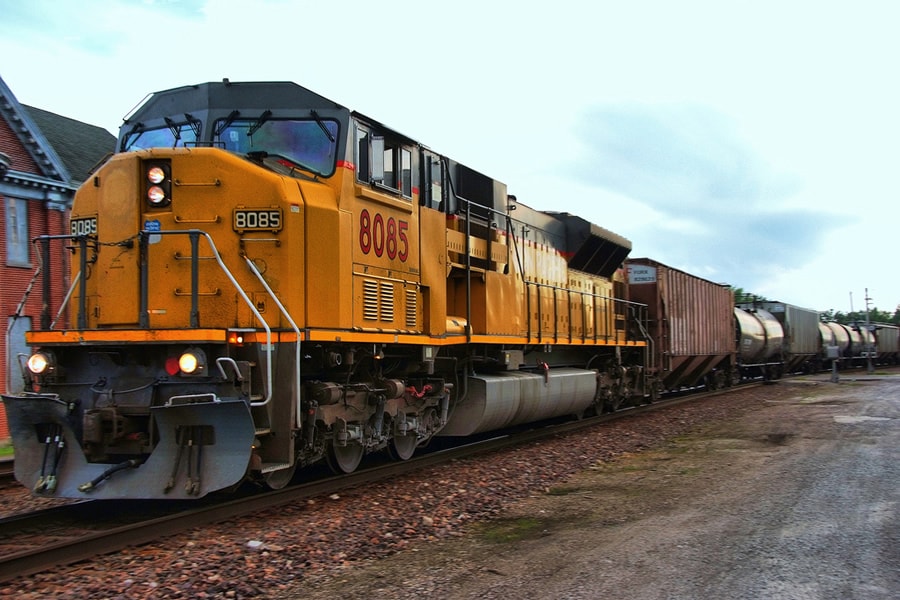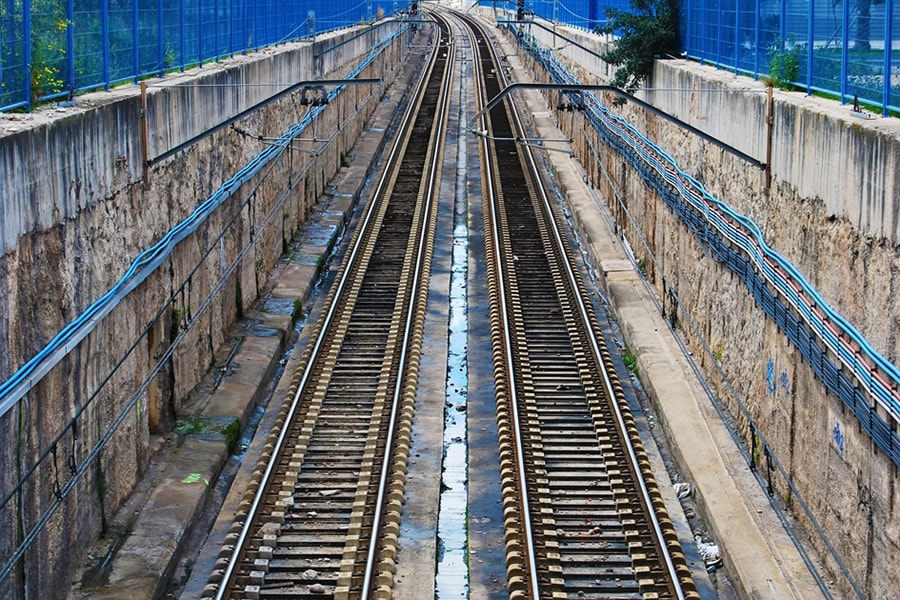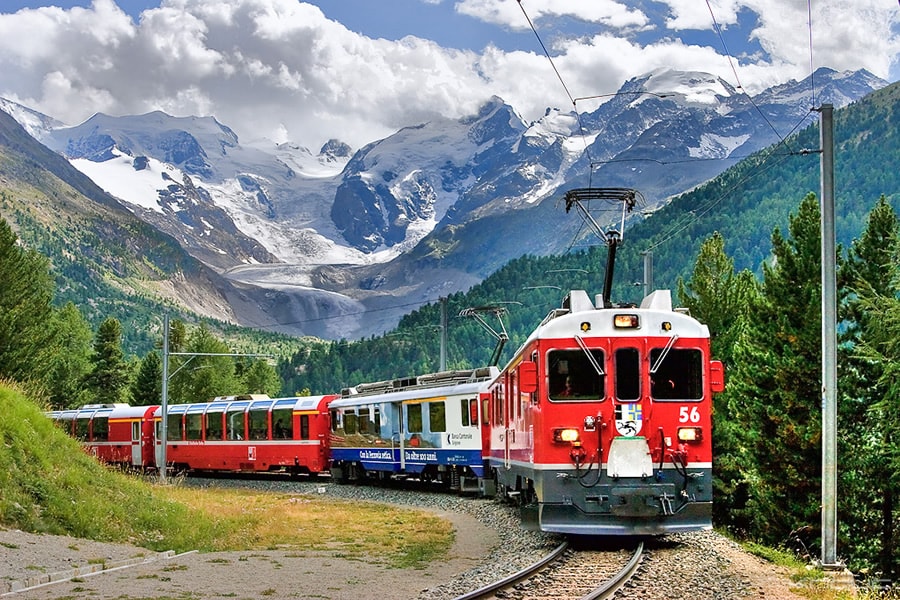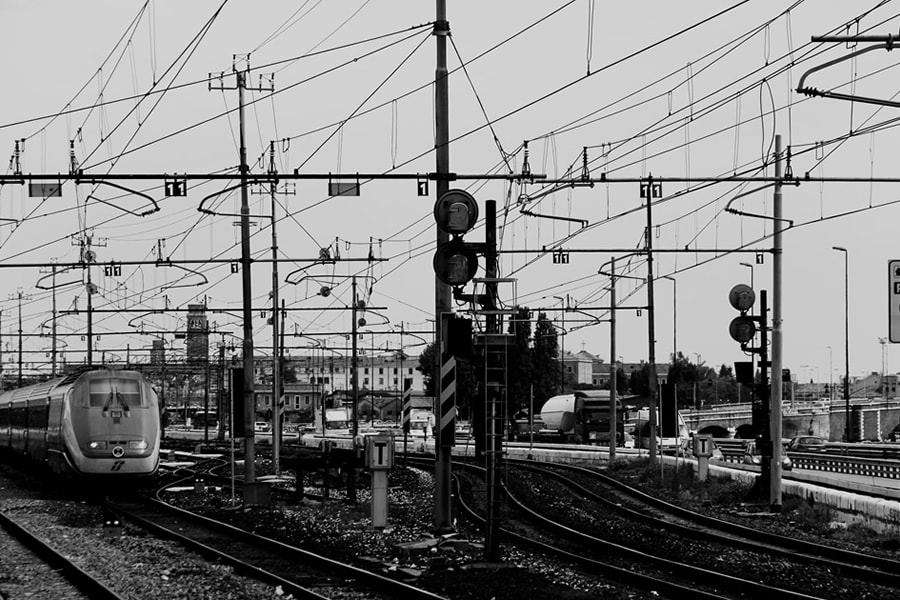The Need to Know on Railroad Photography
It’s no secret that photographers like to take risks. The trick with photography is to take educated risks and know when to cut and run. The words of Walter Sherman, “I’mma risk it.”, tend to be a mantra of mine in questionable situations.
This is in no way condoning trespassing or putting anyone at risk to get that shot. Please read carefully and make decisions wisely.

image by Carl Wycoff
One of the most controversial topics for photographers is railroad photography. Roughly 250 to 300 people die every year from train related incidents. Many photographers are unaware of the danger they are putting themselves and their clients in when using an active track. It’s illegal and can be reported to the railroad company or the authorities. This is not saying that railroad photography is a lost cause. It can be done safely with a little planning.
So what’s a photographer to do when a client ask for a shoot on the tracks?
Clients that request railroad photography more than likely don’t understand the laws and danger of photographing on a railroad track. It is the photographer’s responsibility to notify the client when a request can be too dangerous. Both the photographer and the client are held responsible when trespassing and can be subjected to fines and possible jail time. This doesn’t mean turning down a paying job. Consider it a good opportunity to get the creative juices flowing.

The easiest option would be a backdrop with a railroad setting, but this may not satisfy the client. Before just hitting the tracks, seek out permission from the railroad company. It helps to know a guy, who knows a guy in the business. The company will most likely require an escort while on the property. It’s never a good idea to be on active tracks, so the company will probably direct you to a set of tracks that are not currently in use.
Don’t get discouraged if the train company says no. Some areas have rails that have been or are in the process of being turned into hiking trails. These trails may still have some of the tracks in tact that would make a good back drop. This is a safe and effective way to create railroad photography with very little danger involved. Railroad trestles are typically left alone on these types of hiking trails and make a great substitute backdrop for a photo shot.
Another alternative is using a local railroad museum for a photo shoot. Call ahead to check with management and they are usually happy to help out. Railroad museums have a lovely selection of old trains, carts, mining equipment and much more. All of these items would make great photo props for a unique photo shoot.

image by kuknauf
What about that abandoned railroad track out by my house?
Railroad tracks are not abandoned, so much as inactive. Even if the track is not in use it is still private property. It is illegal to be on the tracks. It’s not just the tracks that are private property, some locations own up to 100+ feet on both sides of the track. This is where that educated risk comes into play.
If caught trespassing expect a fine and possible jail time depending upon the country or state. Some companies are actively monitoring for images of their tracks and will request images be removed from websites and social media.

Is photographing trains illegal?
There seems to be a bit of confusion about the legalities of photographing trains. There is nothing illegal about photographing a train from a public location. The confusion seems to stem from the rules and regulation that many train companies put out for safety reasons. These rules only cover the company’s private property. It’s important to remember that the company’s property not only includes the tracks, but also the surrounding property.
Pay close attention to posted signs warning of restricted areas. Even if a location has not been used in a while, restricted areas can contain harmful materials and dangerous equipment. Children especially should never be taken into areas where their little hands and feet can wonder into curious locations.
Train facts to keep in mind:
- All train tracks are private property.
- Trains can come from both directions.
- It takes most trains over a mile to come to a complete stop.
- Some train companies have photography guidelines posted on their website.
- Not all trains have horns.
- Trains overhang the track by about 3 feet on each side.
- Trains are often closer then they appear.

Another thought to keep in mind is to always be aware of your surroundings while taking photographs. A photographer’s focus shifts to getting the perfect spot without much thought to where we are placing the tripod. Trains cause ground vibrations, which can cause a tripod leg to shift and get stuck without notice. It’s never a good idea to have props or equipment directly on or near the tracks. Stay at least 20 feet back from the tracks before setting up equipment for a train shot.
Trains reaching high speeds will also suck in any loose bags, equipment, pretty much anything light enough to be pulled in.
As photographers we often push the boundaries a bit to get that shot. Railroad photography is no exemption, but cooler heads should prevail. The best defense a photographer can have is knowledge of the laws in their state. Remember to use discretion, have respect for the surroundings, and above all be safe.
